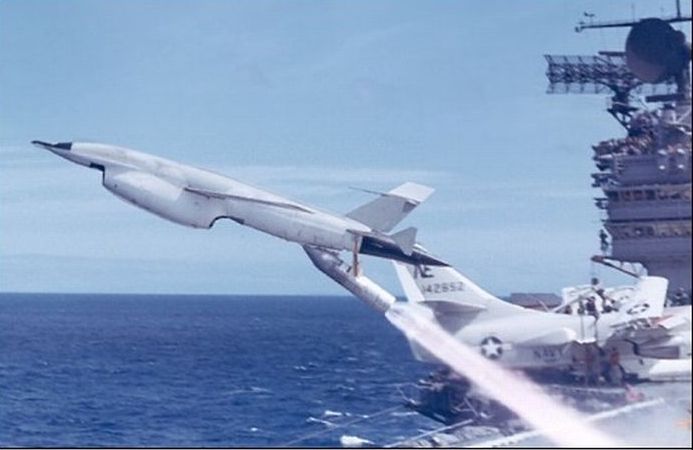|
|
Unmanned Aerial Vehicle (UAV)
|
For example, Predators, operating between 18,000–29,000 feet above sea level, performed search and rescue and damage assessment. Payloads carried were an optical sensor (which is a daytime and infra red camera) and a synthetic aperture radar. The Predator's SAR is a sophisticated all-weather sensor capable of providing photographic-like images through clouds, rain or fog, and in daytime or nighttime conditions; all in real-time. A concept of coherent change detection in SAR images allows for exceptional search and rescue ability: photos taken before and after the storm hits are compared and a computer highlights areas of damage.
Design and development considerations
UAV design and production is a global activity, with manufacturers all across the world. The United States and Israel were initial pioneers in this technology, and U.S. manufacturers have a market share of over 60% in 2006, with U.S. market share due to increase by 5–10% through 2016. Northrop Grumman and General Atomics are the dominant manufacturers in this industry, on the strength of the Global Hawk and Predator/Mariner systems. Israeli and European manufacturers form a second tier due to lower indigenous investments, and the governments of those nations have initiatives to acquire U.S. systems due to higher levels of capability. European market share represented just 4% of global revenue in 2006.
|
|









